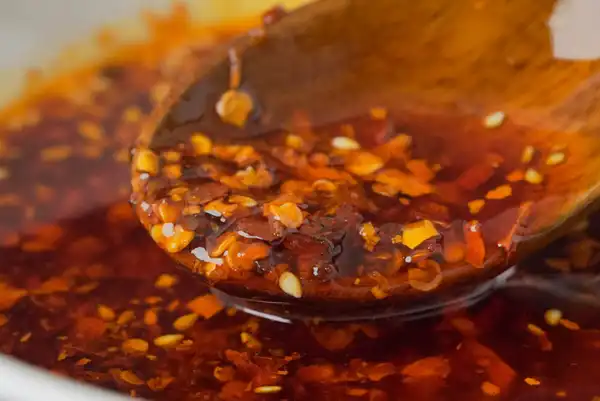Chili oil is a thrill, and depending on your eating habits and personal preference for spice, that can be a great thing... or a scary risk. Cantonese cuisine is not particularly known for spice, so our recipe for homemade chili oil is on the gentler, milder side. It's the best condiment to drizzle over noodles, rice dishes, soups, and more, just to warm the flavor up.
If you want to really give it a kick, use this recipe with stronger chili flakes and heavier spices. The best part of making chili oil from scratch is the customization! Add what you like, omit what you don't.
Check out a quick story summary of our recipe!



